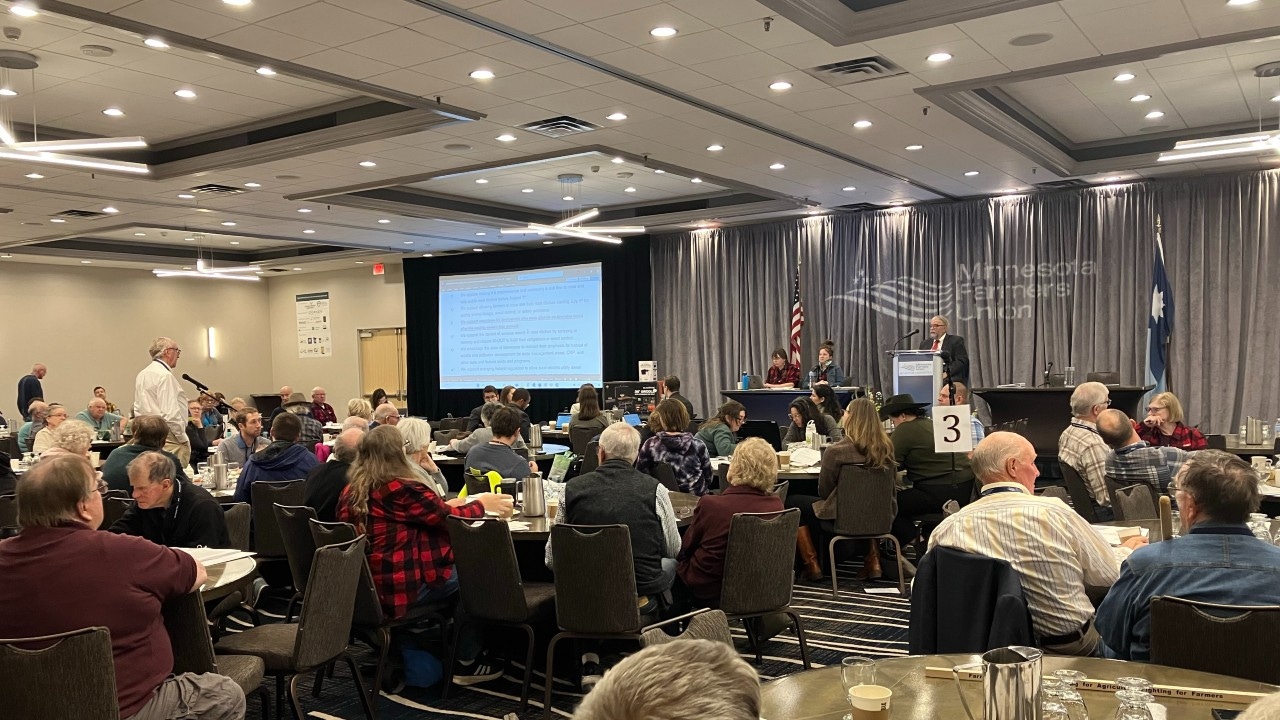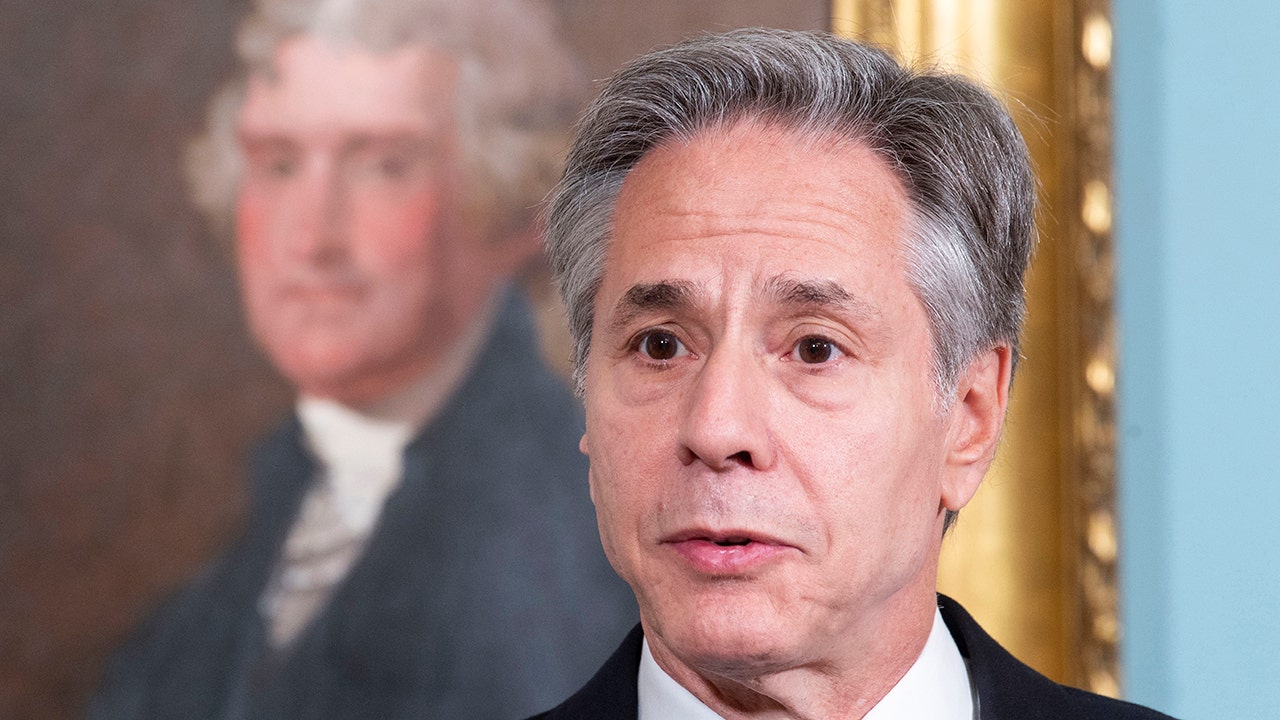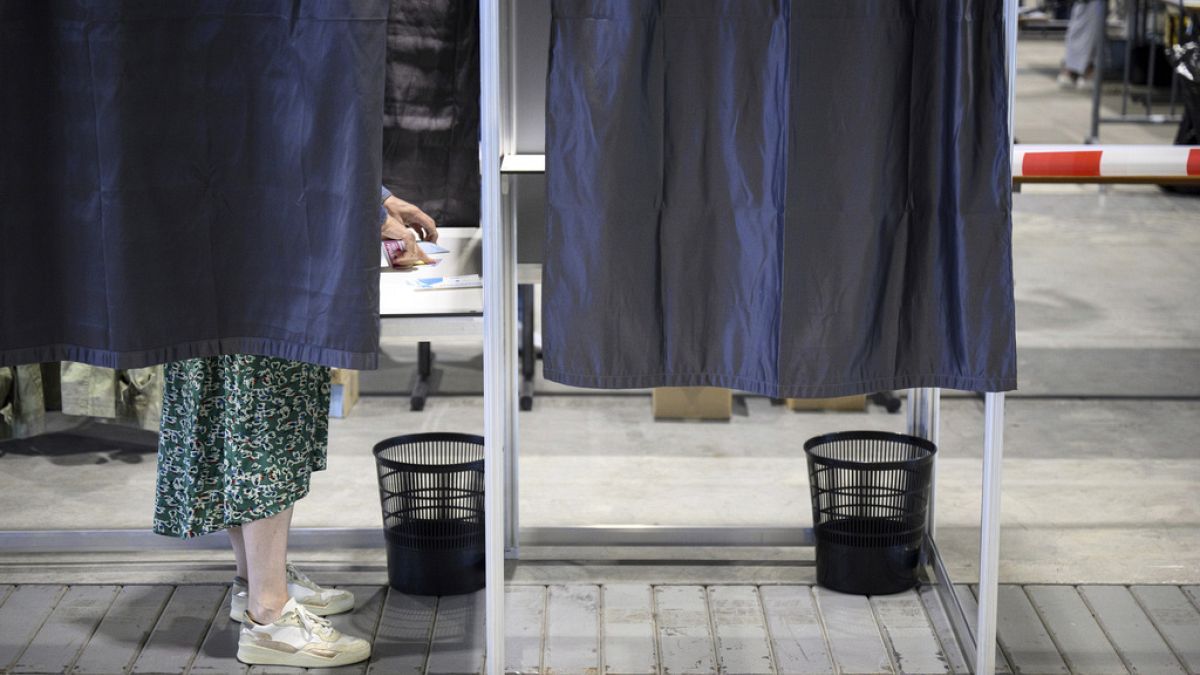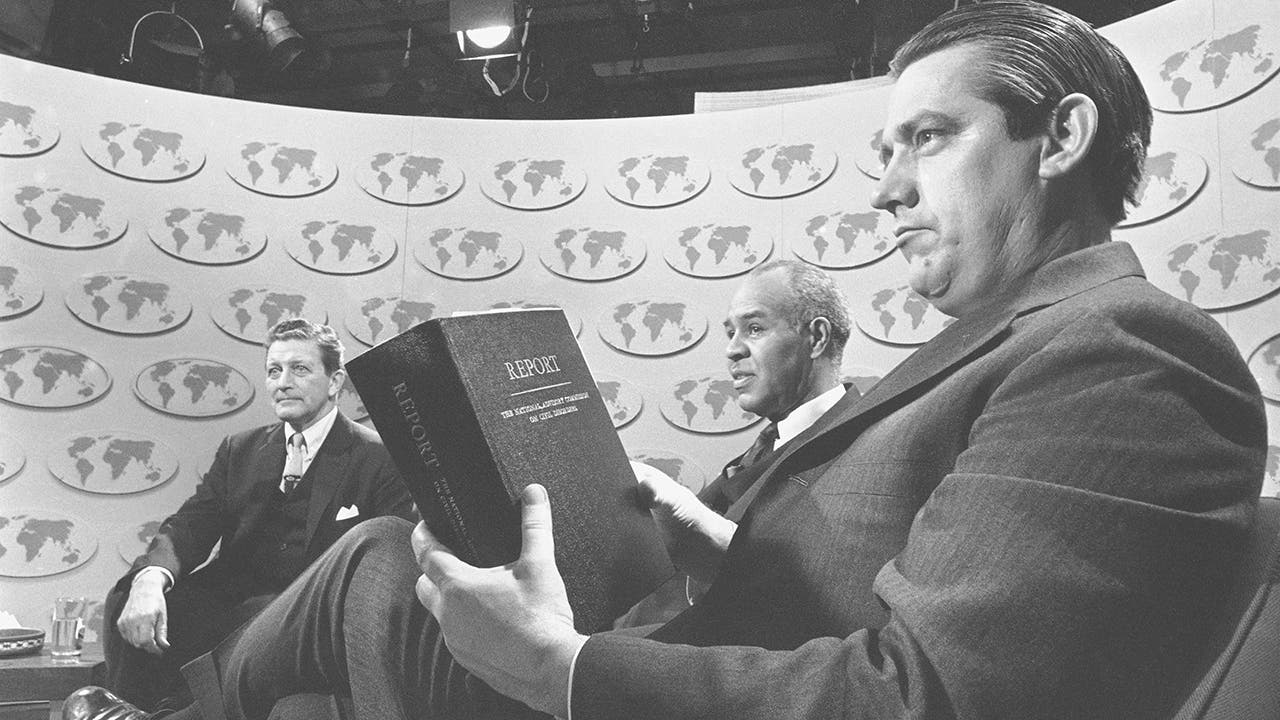Washington, D.C
How Washington D.C. Could Impact An Uncertain Economy

The skyline of Washington, D.C., including the US Capitol building, Washington Monument, Lincoln … [+]
The current state of the economy is [fill in the blank]. The future state of the economy is [fill in the blank]. Policymakers throughout Washington, D.C. are trying their best to fill in the blanks.
A ‘Vibes Recession’ In A Confusing Economy
It’s a confusing economy. Inflation has ebbed but not subsided. The Federal Reserve’s aggressive rate hike campaign and a banking crisis have produced something of a credit crunch.
Yet the unemployment rate is at its lowest level in 54 years. The Black unemployment rate is at its lowest level ever. Wages are still growing.
There are four potential outlooks for the economy – a soft landing (low inflation/low unemployment), a hard landing (low inflation/high unemployment), no change (high inflation/low unemployment), or stagflation (high inflation/high unemployment).
Jason Furman, a Harvard economist and former chair of the Council of Economic Advisors, has a useful outlook of what could happen through the end of the year.
There’s no one clear outlook for how the economy will unfold. This leaves an oxymoronic economy, with terms like a “non-recession recession” or “job-full recession.”
But there is certainly a “vibes recession.” Less than 20% of Americans believe the economy is good, with a majority believing the country is already or about to be in a recession. Partisanship also plays a role – Republicans have a more negative view of the economy than Democrats, the opposite from when President Donald Trump was in office.
A bad economy – or rather, the trend of a bad economy – isn’t good for incumbents. President Joe Biden’s economic approval rating is lower than his overall approval rating, the opposite from Trump. But Biden isn’t alone with economic approvals in the doldrums. Federal Reserve Board Chair Jerome Powell, who once had the highest economic confidence for a Fed chair since Alan Greenspan, now has the lowest on record at just 36%, according to Gallup.
For elections, the economy is as much about the trends as it is about the current situation. The “jobless recovery” was predominant in the 2010s, but the economy was seen as improving in 2012, giving President Barack Obama a boost in his re-election. The economy was moving along in 2016, but there was a recession in much of “Trump country” to help Trump defeat former Secretary of State Hillary Clinton. The pandemic in 2020 crashed the recovery, but there was a quick economic rebound from the fiscal and monetary response that made the economy as an issue something of a wash in the minds of voters.
Typically, the gauge for the economic impact on an election doesn’t come until Q2 of an election year. There’s still time for the economy to improve or deteriorate before voters begin making lasting decisions for 2024.
The Economy and The Federal Reserve
The Fed remains the most important institution to impact the economy this year and next. The Federal Open Market Committee this month unanimously voted to raise the federal funds rate to 5-5.25%, the most restrictive levels in 16 years. But the guidance from the FOMC indicated a potential pause in rate hikes. The market is expecting a rate pause followed by a rate cut between 50-75 bps by the end of the year.
The Fed is facing a delicate tightrope between price control and maximum sustainable employment. Powell is still hopeful they can achieve a soft landing, although Fed staff believes a recession is coming later in the year.
Unlike other Fed chairs in the past, Powell is not a PhD economist. He is more willing to look at the data to make a decision on monetary policy than adhere to any single model. The banking crisis and the signs of a credit crunch are warranting a potential pause in rates.
But Powell is an institutionalist, something the markets continue to underestimate. A Fed chair’s reputation and legacy comes first and foremost in his or her ability to fight against inflation. “I think that policy is tight,” Powell said at a press conference this month. “We are prepared to do more if greater monetary policy restraint is warranted.”
Perception is just as important as reality. If businesses and consumers think inflation will remain pervasive, they will adjust to a high-inflation world. In such a world of elevated inflation, even at lower levels from last year, Powell and the FOMC likely won’t sit on their hands. A recession could be a necessary evil, something that would be a political challenge for Democrats in 2024.
The Economy and The Presidency
Biden’s re-election launch video last month focused on freedom and democracy, not the economy. But just because Biden isn’t basing his re-election primarily on the economy, that doesn’t mean there’s no economic agenda from the White House and the administration.
Biden is embracing his populist, “Scranton Joe” roots on the economy. He’s focusing on implementing an American industrial policy. He proposed tax hikes on the wealthy and corporations in his FY 2024 budget. He’s looking for wins through the regulatory agenda, like the Department of Transportation’s attempt to get air travelers full compensation on delayed and canceled flights. His prudential regulators are looking to implement new banking regulations that provide stricter controls on mid-sized and large banks while looking to the biggest banks to replenish the Federal Deposit Insurance Corporation’s deposit insurance fund. The president has a prodigious and progressive antitrust team that is cooling M&A acting and trying to change long-time corporate practices like the use of noncompete agreements.
This vision is contrasted with Democratic attacks on the GOP vision of the economy and the immediate threats to job gains if Republicans don’t raise the debt ceiling.
However, Biden faces a balancing act. A populist agenda to appease his base of support can create headwinds for the economy, which has drawbacks to the general electorate. Too many banking regulations could curtail lending, a pro-union and protectionist agenda could curtail the deployment of industrial policy, a pro-environmental agenda could spike energy costs, and taking a firm position on the debt ceiling against “MAGA” Republicans could leave the economy hampered.
The Economy and Divided Congress
It’s always a safe bet to say a divided Congress will get little done. In a world where the two parties are more polarized than ever before but the margins between being the majority and minority are thin, the two sides have little incentive to negotiate with each other. Party leaders see the potential of being in the majority after the 2024 elections where they can deploy a reconciliation agenda without the need for bipartisan compromise.
Yet there are forcing mechanisms on policy that can have an economic impact. In the immediate term, that’s the debt ceiling. In the medium term, that’s FY 2024 appropriations.
Both sides want to be able to declare victory on these policy negotiations, but getting there could cause heartburn for the markets. There are fiscal headwinds on the economy with the debt ceiling and appropriations, but just how big depends on negotiations. A deal on both could include nominal cuts to baseline spending, with some potential economic boosts from an agreement on permitting reform.
On the flip side, there are some catalysts that could bolster congressional action impacting the economy. If the economy does enter a recession, there may be some space for targeted tax policy. House Republicans are planning to introduce a tax package that revives R&D expensing, more generous interest deductibility limits, and 100% bonus depreciation. Democrats are still clamoring for action on the lapsed enhanced Child Tax Credit. But a recession could grease the wheels for an under-the-radar negotiation that gets some modest tax policies from both sides.
The Economy and The Supreme Court
In an era of more publicized and consequential executive action, the judiciary has a role to play in some of the biggest economic questions in Washington, D.C. That’s especially true with a conservative Supreme Court and a progressive White House.
The Supreme Court is deliberating over the constitutionality of Biden’s student loan debt forgiveness executive actions in Biden v. Nebraska and Department of Education v. Brown. The court agreed to take up cases next session that could re-evaluate the Chevron doctrine, a legal precedent of judicial deference to regulatory agencies’ interpretations of laws, and the constitutional authority of the Consumer Financial Protection Bureau. If Biden decides to take executive action on the debt ceiling, there would likely be grounds for litigation (in fact, there already is) that could wind its way up to the top court of the land.
The 6-3 conservative Supreme Court isn’t afraid to make an impact on the economy and political system. The Court striking down Biden’s student loan debt forgiveness program would create macroeconomic headwinds for an executive action estimated to provide hundreds of billions in relief to student loan borrowers. The Court could very well upend the regulatory agenda for Biden next year, a factor that the administration will have to take into consideration in crafting and finalizing different rules. Just like in the midterm elections with abortion, this drags the Supreme Court into the political zeitgeist as Democrats attack what they believe to be an activist court.

Washington, D.C
Starting XI: How the Orlando Pride will line up ahead of the NWSL Championship match against the Washington Spirit | Orlando Pride

Orlando Pride lineup: Anna Moorhouse, Cori Dyke, Emily Sams, Kylie Strom, Kerry Abello, Angelina, Haley McCutcheon, Adriana, Marta (C), Ally Watt, Barbra Banda
Substitutions: McKinley Crone, Celia, Summer Yates, Carrie Lawrence, Morgan Gautrat, Ally Lemos, Viviana Villacorta, Julie Doyle, Carson Pickett
Washington, D.C
Marta’s Orlando Pride defeat Washington Spirit for their first NWSL title

Barbra Banda scored in the 37th minute to give the Orlando Pride their first National Women’s Soccer League championship with a 1-0 victory over the Washington Spirit on Saturday night.
Banda dribbled into the right side of the box and made a move past a defender before kicking the ball on the ground with her left foot and past the goalkeeper. She became the first player in the NWSL to score in each round of the playoffs.
The Pride’s Angelina was nearly called for a push before passing it to Banda, but the VAR determined that the play was fair.
The Spirit (20-7-2) controlled the game and outshot the Pride 25-9, had two more shots on goal and held onto possession 58% of the time. Rosemonde Kouassi had Washington’s best chance in the 47 minute when she headed a ball from about 10 yards away.
Orlando’s win gave Brazilian star Marta her first NWSL title. The 38-year-old Marta, considered arguably the greatest female soccer player of all time, joined the Orlando Pride in 2017 but had never reached an NWSL championship game until this year.
“(It’s a) magic moment for me because I’ve been in this club for so long and (to) wait for this moment, you know, so it’s… I’m just enjoy every single moment,” she told CBS News Friday ahead of the game. “…This year become like the best year in my club life.”
Top-seed Orlando (21-6-2) went unbeaten in its first 23 matches, a league record. They beat the Kansas City Current in the semifinals before hoisting the trophy at CPKC Stadium, their home field.
Orlando is the first team since 2019 to win the Shield and the title in the same year.
Washington had won its last five playoff games when trailing at the half, but that streak was broken with this loss.
Washington, D.C
New mural dedicated to DC’s ‘Mayor for Life’ honors career, contributions of Marion Barry – WTOP News
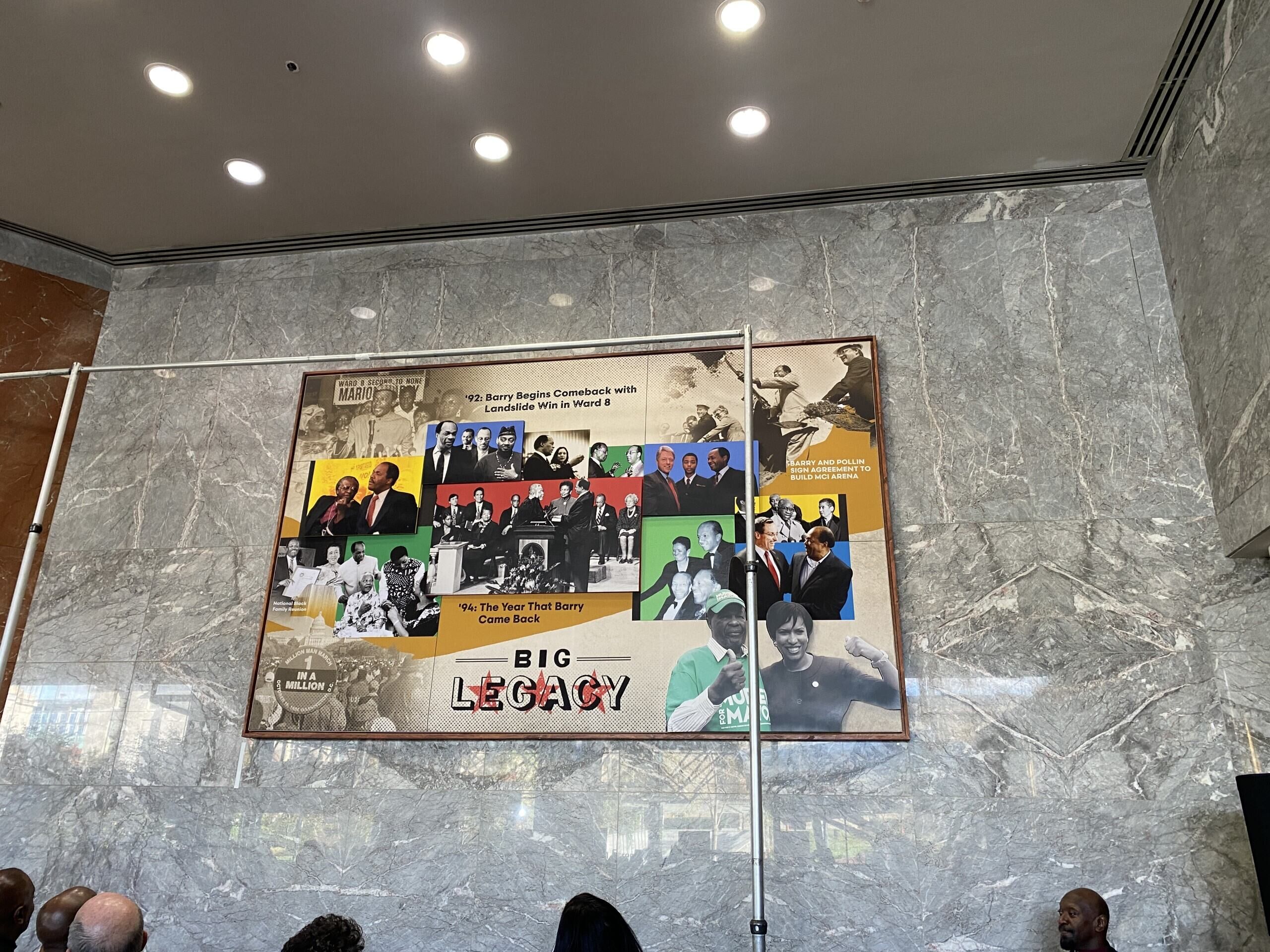
Ten years to the day after his death, D.C. leaders honored the life of the late Mayor Marion Barry with a new mural hanging in his namesake building.
(WTOP/Luke Lukert)
WTOP/Luke Lukert

(WTOP/Luke Lukert)
WTOP/Luke Lukert
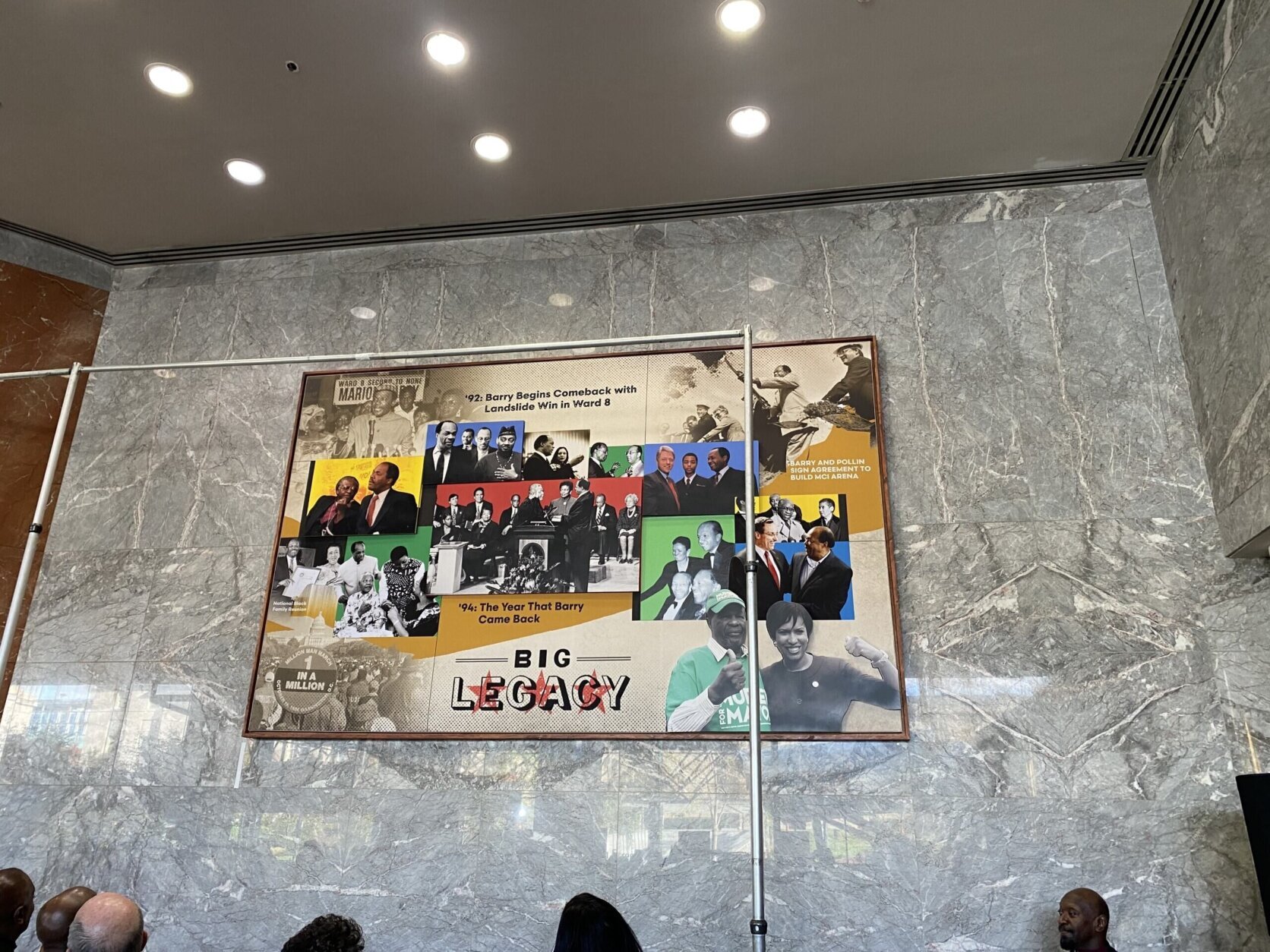
(WTOP/Luke Lukert)
WTOP/Luke Lukert
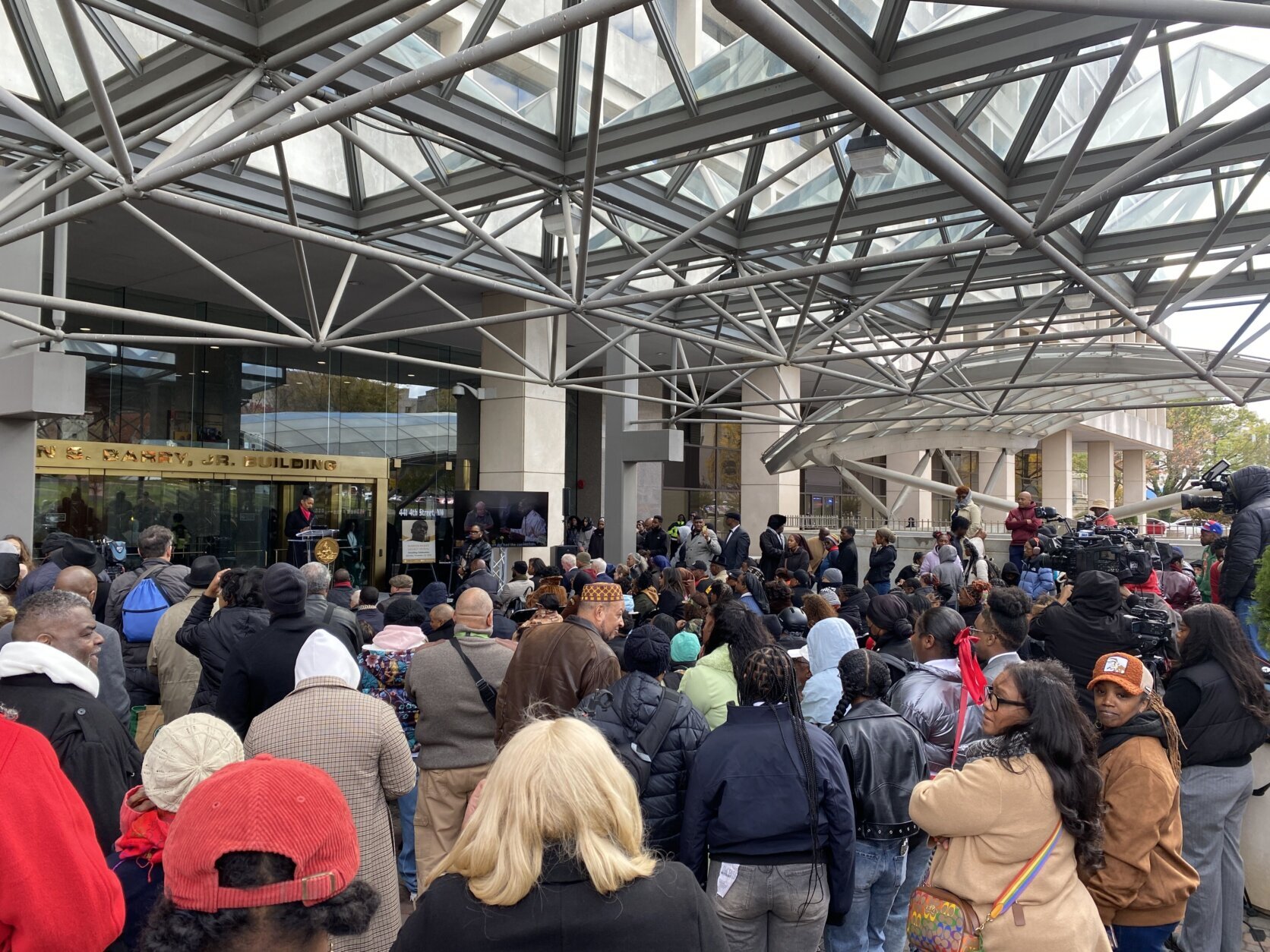
(WTOP/Luke Lukert)
WTOP/Luke Lukert
Ten years to the day after his death, D.C. leaders honored the life of the late Mayor Marion Barry with a new mural hanging in his namesake building.
Mayor Muriel Bowser joined the former D.C. First Lady at the Marion S. Barry, Jr. Building in Judiciary Square on Saturday to pull the curtain down, revealing the new mural dedicated to the “Mayor for Life.”
“My husband really loved Washington, DC and its residents. The mural captures some of the major contributions he made to the City, and some of the people who worked with him to help build the City and empower its residents,” said Cora Masters Barry, Barry’s widow, in a statement.
“I was thrilled that so many residents and visitors were able to join us on this inspirational, entertaining, educational, and historical day, as we honored a man, Marion Barry Jr., whose legacy and love of this city was so deep and strong.”
The mural is broken into three parts, each with a different title and focusing on a different aspect of Barry’s life.
The first panel, titled “Big Vision,” displays Barry’s early years as a civil rights activist and his transition into politics.
The center panel, “Big Impact,” then focuses on his time in office as a Councilmember and four term mayor.
These sections emphasize Barry’s support for Black-owned businesses, summer jobs for youth, programs for seniors and leadership opportunities for women.
The last section of the mural is titled ”Big Legacy.” It highlights the influence Barry still has on the city — showcasing advocacy against apartheid, support for the Million Man March, contributions to the development of the MCI Center, and his work with the DC Control Board.
The many pictures show Barry beside the likes of President Bill Clinton, Nelson Mandela and Martin Luther King Jr.
Another focus of this panel is Barry’s political comeback after a high-profile arrest and conviction on crack cocaine possession charges in 1990. Four years later, he returned to the Mayor’s office after a commanding primary run.
“He told me a lot of things, and he taught us a lot of things, but one of the biggest ones was if you get knocked down, you get back up,” said Mayor Muriel Bowser at the unveiling.
Nabeeh Bilal, an artist based in Ward 8, created the mural.
“You’ll notice that there is not a single solo image of Marion Barry, and that’s because, with his accomplishments and achievements, it was always about others,” Bilal said.
Get breaking news and daily headlines delivered to your email inbox by signing up here.
© 2024 WTOP. All Rights Reserved. This website is not intended for users located within the European Economic Area.
-

 Business1 week ago
Business1 week agoColumn: Molly White's message for journalists going freelance — be ready for the pitfalls
-

 Science5 days ago
Science5 days agoTrump nominates Dr. Oz to head Medicare and Medicaid and help take on 'illness industrial complex'
-

 Politics7 days ago
Politics7 days agoTrump taps FCC member Brendan Carr to lead agency: 'Warrior for Free Speech'
-
/cdn.vox-cdn.com/uploads/chorus_asset/file/25739950/247386_Elon_Musk_Open_AI_CVirginia.jpg)
/cdn.vox-cdn.com/uploads/chorus_asset/file/25739950/247386_Elon_Musk_Open_AI_CVirginia.jpg) Technology6 days ago
Technology6 days agoInside Elon Musk’s messy breakup with OpenAI
-

 Lifestyle1 week ago
Lifestyle1 week agoSome in the U.S. farm industry are alarmed by Trump's embrace of RFK Jr. and tariffs
-

 World7 days ago
World7 days agoProtesters in Slovakia rally against Robert Fico’s populist government
-

 News7 days ago
News7 days agoThey disagree about a lot, but these singers figure out how to stay in harmony
-
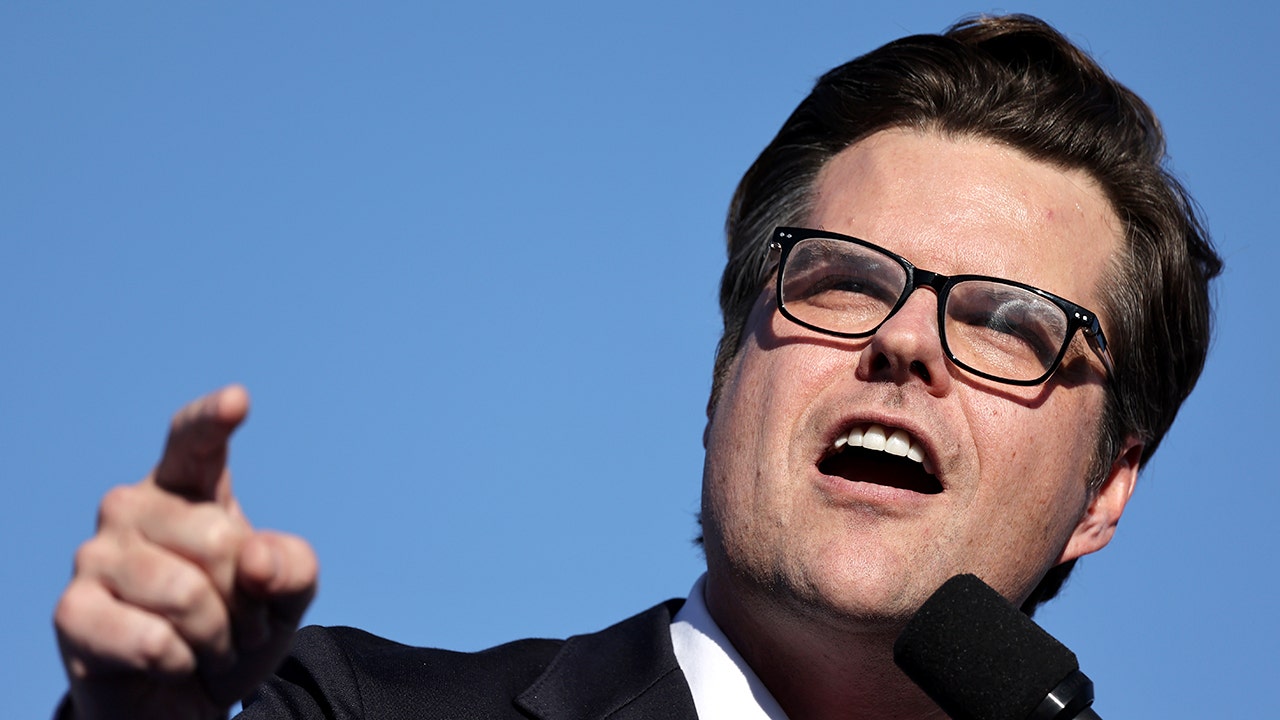
 News7 days ago
News7 days agoGaetz-gate: Navigating the President-elect's most baffling Cabinet pick







